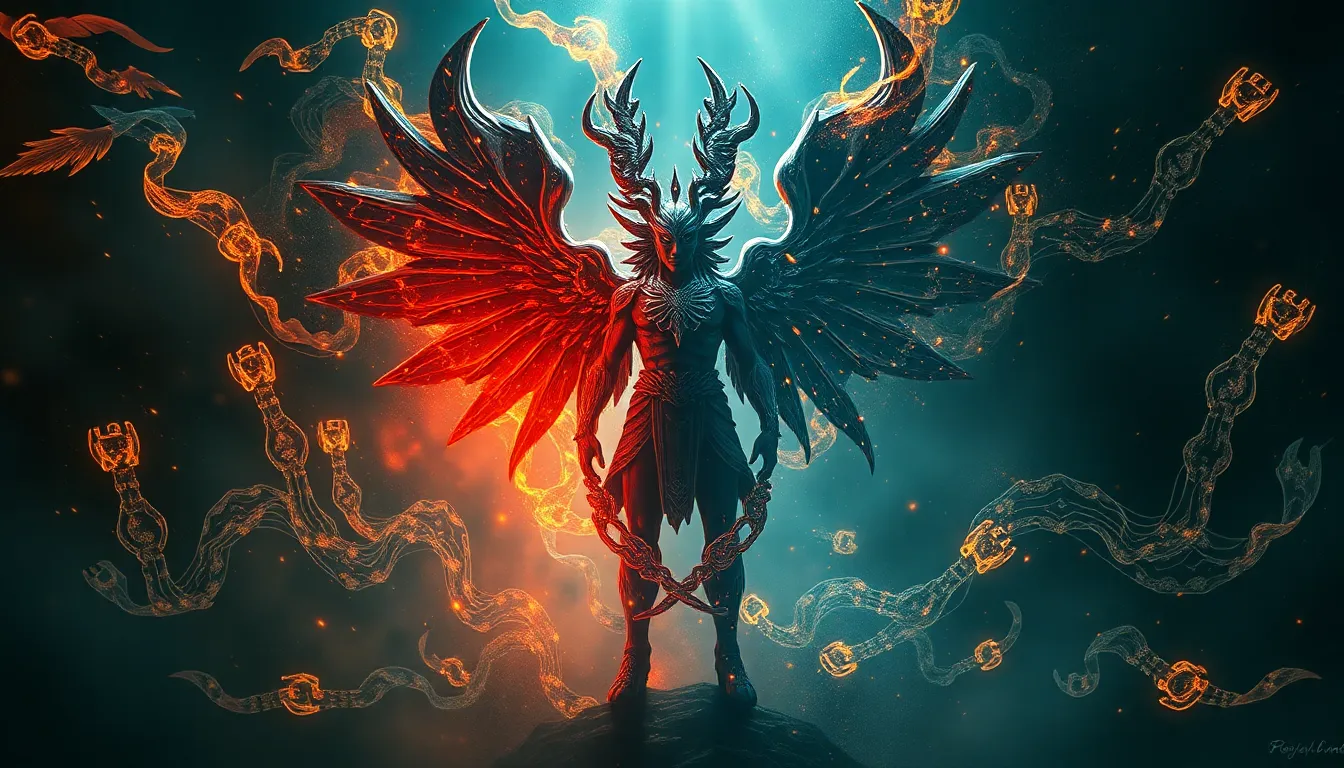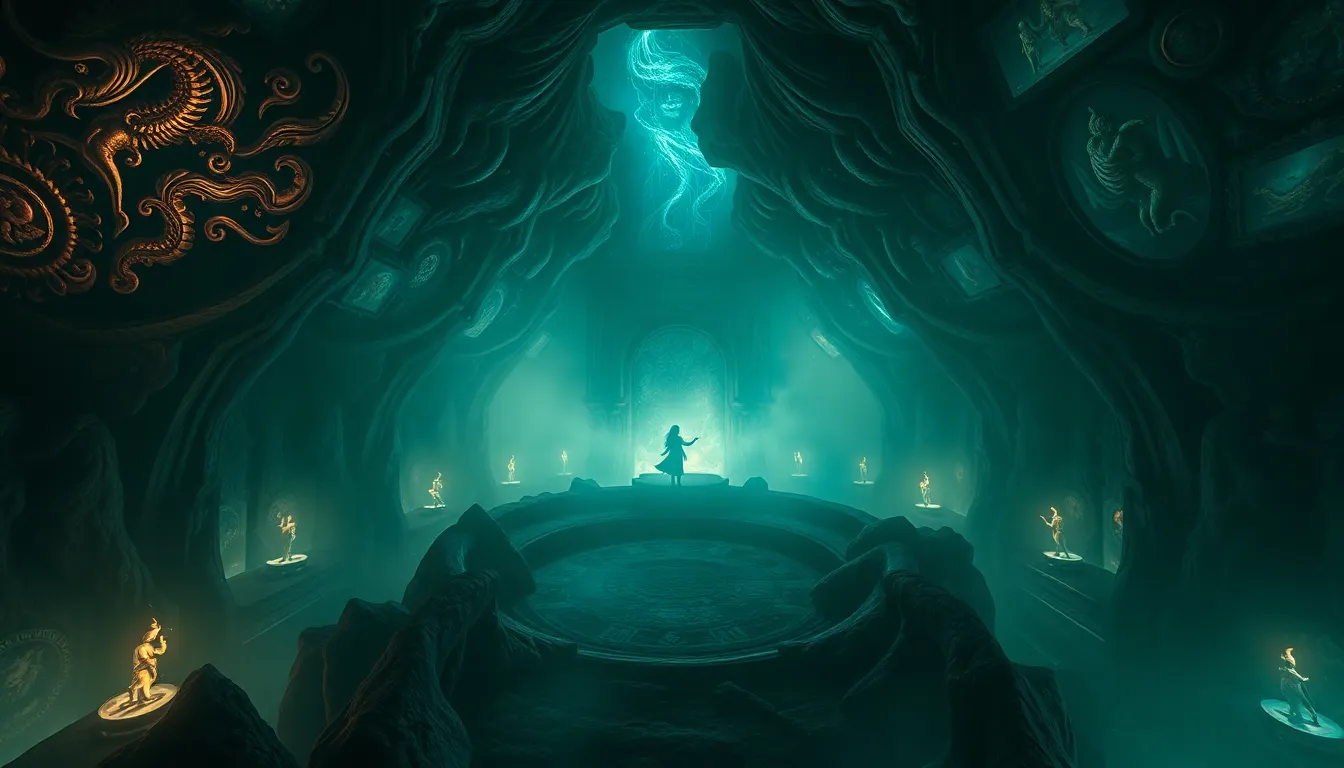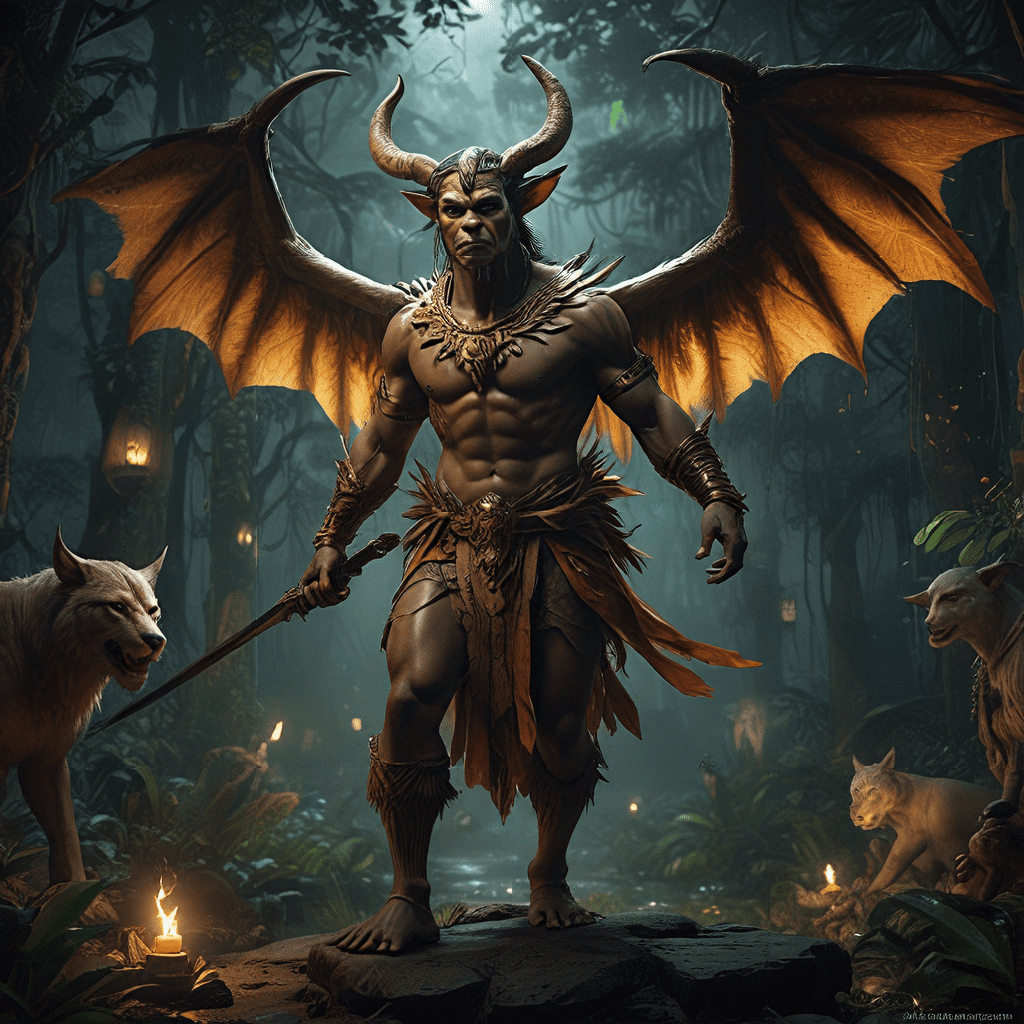The Role of Ancient Deities in Shaping Cultural Narratives
I. Introduction
The concept of cultural narratives encompasses the stories and myths that define a society’s values, beliefs, and identity. These narratives are often intertwined with religious beliefs, especially those surrounding ancient deities. Across various civilizations, ancient deities have played a pivotal role in shaping cultural narratives, embodying the ideals and morals of their respective societies.
From the pantheon of Greek gods to the powerful figures of Egyptian mythology, ancient deities have served as more than just figures of worship; they are manifestations of cultural identity and societal norms. Studying these deities within their cultural contexts provides insight into how ancient peoples understood their world and their place within it.
II. The Concept of Deity in Ancient Cultures
A. Definition and characteristics of deities
In ancient cultures, deities were often characterized by their superhuman abilities, moral authority, and control over specific aspects of life and nature. They were revered as creators, protectors, and destroyers, embodying the complexities of existence.
B. Variations in the perception of deities across cultures
While the concept of deities is universal, interpretations vary significantly:
- Monotheism: Some cultures, like ancient Israel, worshiped a single, omnipotent deity.
- Polytheism: Civilizations such as the Greeks and Romans believed in multiple gods, each governing different realms of life.
- Animism: In various indigenous cultures, spirits are believed to inhabit natural objects, blurring the lines between deities and nature.
C. The intersection of religion, mythology, and cultural identity
Religion and mythology are deeply intertwined with cultural identity. Deities often serve as a reflection of a society’s values, fears, and aspirations. Myths surrounding these deities help to reinforce societal norms and provide frameworks for understanding the world.
III. Ancient Deities as Symbols of Values and Morals
A. How deities represented societal values
Deities often embodied the values and morals that a society held dear. For instance, the Greek goddess Athena represented wisdom and warfare, highlighting the Greek admiration for intelligence and strategy.
B. Case studies: Greek, Egyptian, and Hindu deities
Examining specific deities reveals how they personified cultural ideals:
- Greek: Zeus, as the king of the gods, represented authority and justice.
- Egyptian: Osiris symbolized resurrection and the afterlife, reflecting the Egyptians’ beliefs in immortality.
- Hindu: Krishna exemplifies love and compassion, illustrating the importance of these values in Hindu culture.
C. The moral lessons conveyed through mythological stories
Mythological narratives often served to convey important moral lessons. For example, the story of Prometheus in Greek mythology illustrates the consequences of defiance against the divine order.
IV. Storytelling and Mythology: The Medium of Cultural Narratives
A. The role of oral traditions in preserving narratives
Oral traditions have been crucial in preserving cultural narratives. These stories, passed down through generations, allowed communities to maintain their cultural identity and values.
B. Written texts and their impact on the transmission of stories
With the advent of writing, many ancient narratives were documented, thereby solidifying their influence on culture. Texts such as the Epic of Gilgamesh or the Vedas played a significant role in shaping understanding and reverence for deities.
C. The transformation of stories over time and their influence on culture
As cultures evolved, so too did their narratives. Stories were adapted to reflect changing societal values, demonstrating the dynamic nature of cultural narratives.
V. Deities and the Human Experience
A. The portrayal of human emotions and struggles through deities
Deities often represented human emotions and struggles, allowing ancient peoples to explore complex feelings through their myths. For example, the trials of Hercules reflect human perseverance and the quest for redemption.
B. The role of deities in explaining natural phenomena
Ancient deities were frequently invoked to explain natural phenomena. Thunder was attributed to Zeus, while the Nile’s flooding was associated with the tears of Isis, showcasing how societies sought to understand their environment.
C. The anthropomorphism of deities and its cultural implications
Anthropomorphism allowed people to relate to deities on a personal level. By depicting gods with human traits, cultures fostered a connection between the divine and the mortal, making the gods more accessible and understandable.
VI. The Influence of Ancient Deities on Art and Literature
A. Depictions of deities in ancient art forms
Ancient art is replete with representations of deities, showcasing their significance in cultural contexts. Sculptures, pottery, and paintings often depicted gods in various forms, serving both aesthetic and religious purposes.
B. The impact of deities on literary works and storytelling
Literature has been profoundly influenced by ancient deities. From Homer’s epics to the Mahabharata, these narratives have shaped storytelling techniques and themes.
C. Cross-cultural influences in art and literature inspired by deities
The exchange of ideas between cultures often led to the blending of mythological themes, enriching both art and literature. For instance, the influence of Greek mythology can be seen in Roman art and literature.
VII. Rituals and Practices Surrounding Deities
A. The significance of rituals in ancient cultures
Rituals were essential in honoring deities and reinforcing societal values. They provided a structured way for communities to express their beliefs and maintain order.
B. How rituals reinforced cultural narratives
Rituals often served to communicate stories and values, helping to preserve cultural narratives within the community. Festivals, sacrifices, and ceremonies were manifestations of a culture’s relationship with its deities.
C. The evolution of rituals and their relevance today
Many ancient rituals have evolved but continue to influence modern practices. Understanding these transformations can provide insight into the continuity of cultural narratives.
VIII. The Decline of Ancient Deities and the Rise of New Narratives
A. Factors leading to the decline of ancient deities
The decline of ancient deities can be attributed to several factors, including the rise of monotheistic religions, cultural assimilation, and changing societal values.
B. The emergence of new belief systems and narratives
As societies transformed, new belief systems emerged, often replacing the old gods with new narratives that aligned more closely with contemporary values and worldviews.
C. The legacy of ancient deities in modern culture
Despite their decline, the legacy of ancient deities persists in modern culture. They continue to inspire art, literature, and even contemporary spirituality, serving as a reminder of humanity’s quest for understanding.
IX. Contemporary Reinterpretations of Ancient Deities
A. The revival of interest in ancient mythologies
Today, there is a resurgence of interest in ancient mythologies, with many people seeking to reconnect with these narratives as a means of exploring identity and heritage.
B. How modern literature and media reinterpret ancient deities
Modern literature and media often reinterpret ancient deities, adapting them for contemporary audiences. This can be seen in various forms, from novels to movies that bring ancient myths into the modern era.
C. The role of ancient deities in contemporary cultural discussions
Ancient deities are frequently invoked in contemporary cultural discussions, symbolizing broader themes such as justice, power, and morality. They provide a framework for exploring current societal issues through the lens of age-old narratives.



